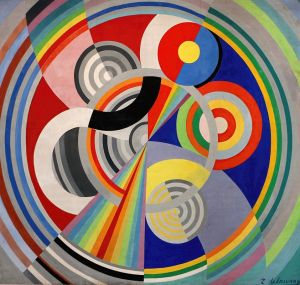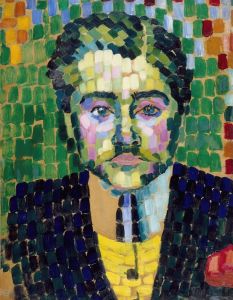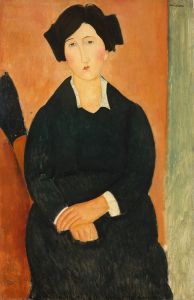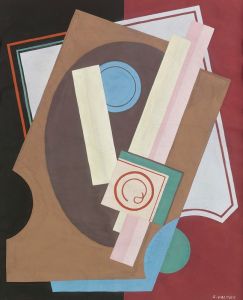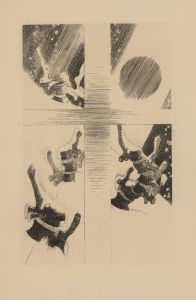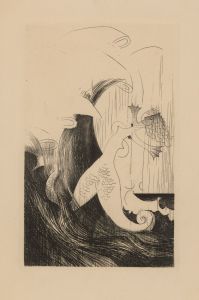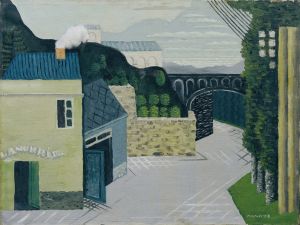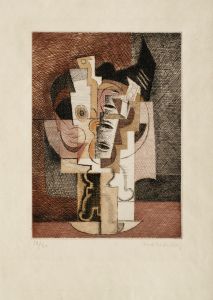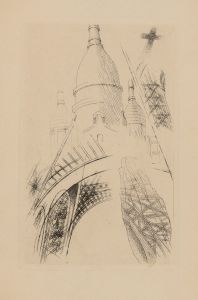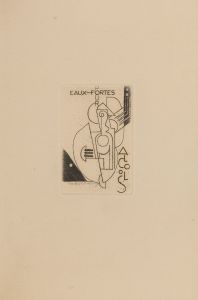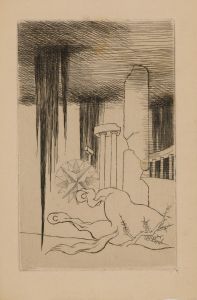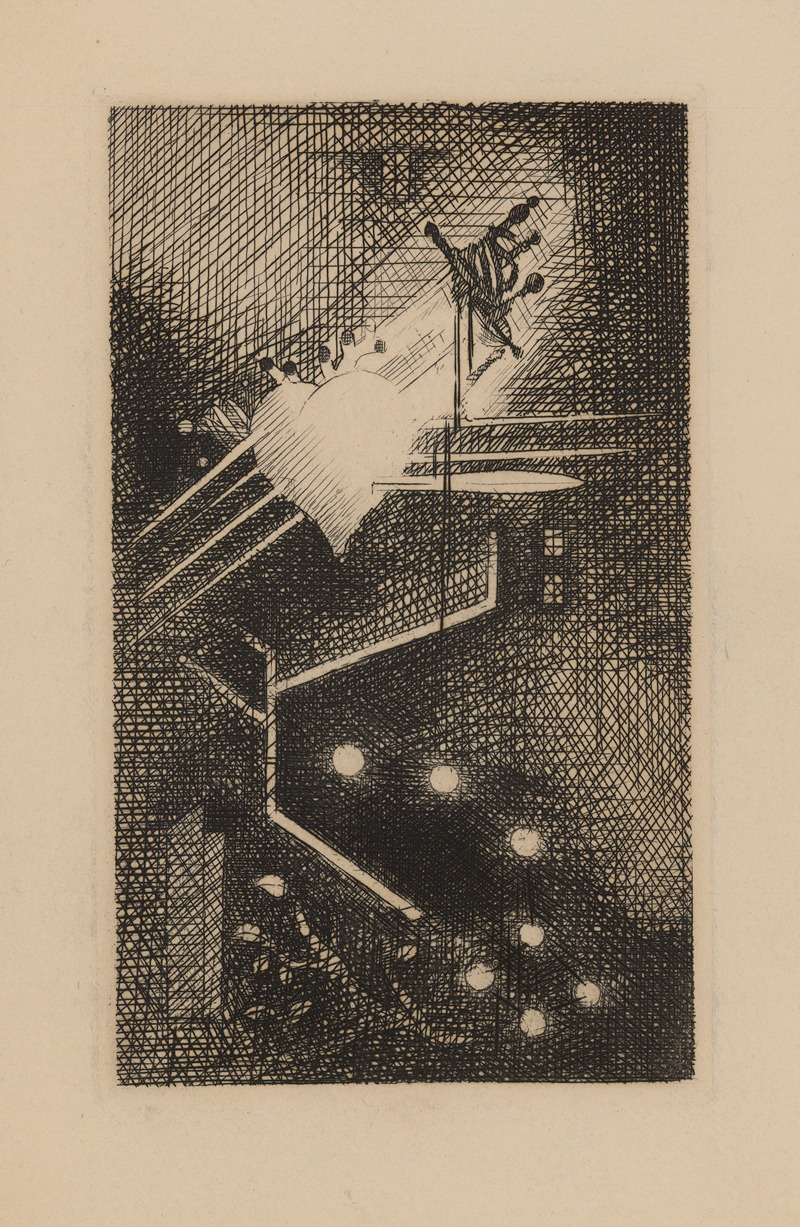
La Chanson du Mal-Aimé
A hand-painted replica of Louis Marcoussis’s masterpiece La Chanson du Mal-Aimé, meticulously crafted by professional artists to capture the true essence of the original. Each piece is created with museum-quality canvas and rare mineral pigments, carefully painted by experienced artists with delicate brushstrokes and rich, layered colors to perfectly recreate the texture of the original artwork. Unlike machine-printed reproductions, this hand-painted version brings the painting to life, infused with the artist’s emotions and skill in every stroke. Whether for personal collection or home decoration, it instantly elevates the artistic atmosphere of any space.
La Chanson du Mal-Aimé (The Song of the Poorly Loved) is a painting created by Louis Marcoussis, a Polish-born French artist associated with the Cubist movement. The artwork is named after the poem "La Chanson du Mal-Aimé" by Guillaume Apollinaire, a prominent French poet and close friend of Marcoussis. Apollinaire's poem, published in 1913, is a melancholic and complex work that explores themes of love, longing, and heartbreak. Marcoussis, inspired by the poem's emotional depth and modernist structure, created this painting as a visual interpretation of its themes.
Louis Marcoussis, born Ludwik Kazimierz Władysław Markus in Warsaw in 1878, moved to Paris in 1903, where he became an integral part of the avant-garde art scene. He adopted the name Marcoussis in 1910, reportedly at the suggestion of Apollinaire, and began to develop his signature Cubist style. Marcoussis's works often combined fragmented forms, muted color palettes, and textual elements, reflecting the influence of both Cubism and his literary connections.
La Chanson du Mal-Aimé exemplifies Marcoussis's mature Cubist style, characterized by geometric abstraction and a focus on musical and poetic themes. The painting incorporates fragmented shapes and overlapping planes, creating a dynamic composition that evokes the rhythm and structure of Apollinaire's poem. Marcoussis frequently included musical instruments, sheet music, and textual elements in his works, and this painting is no exception. These motifs serve as a visual metaphor for the interplay between music, poetry, and visual art, which was a central concern for many Cubist artists of the time.
The exact date of the painting's creation is not definitively documented, but it is generally associated with Marcoussis's later works, when he had fully embraced the Cubist aesthetic. The painting reflects the broader cultural and artistic milieu of early 20th-century Paris, a period marked by experimentation and collaboration among artists, writers, and musicians.
La Chanson du Mal-Aimé is held in a private collection or museum, though its current location is not widely publicized. The painting remains an important example of Marcoussis's contribution to Cubism and his ability to synthesize literary and visual art into a cohesive and evocative whole.





